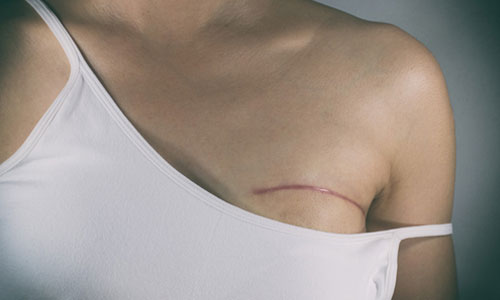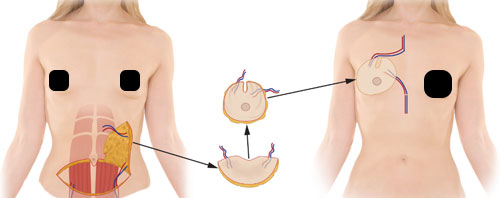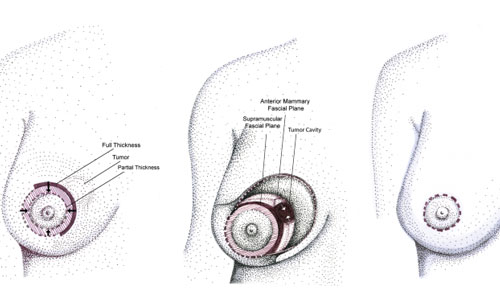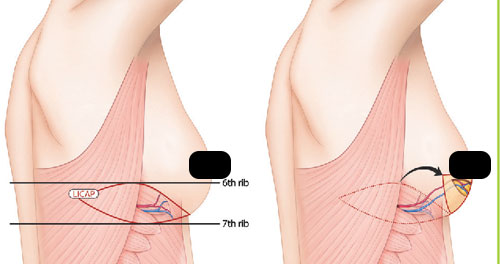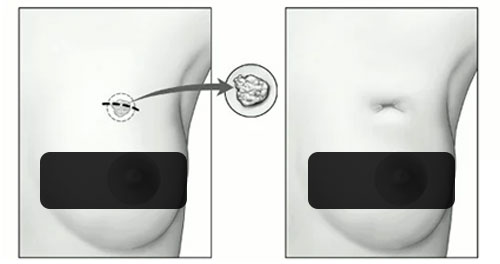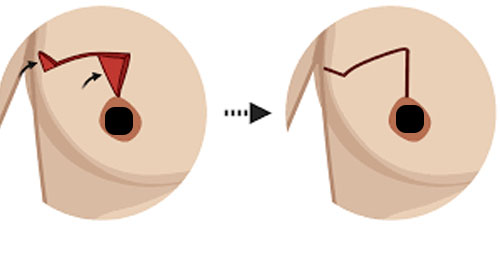
Oncoplastic and Reconstructive Surgery
When it comes to breast cancer treatment, surgery is often the first step. But the physical and emotional effects of losing a breast can be significant. That’s where oncoplastic and reconstructive surgery comes in. This specialized field combines cancer treatment with plastic surgery techniques to improve the cosmetic outcome of breast cancer surgery. At BlueBliss hospitals, we have a team of highly qualified and nationally acclaimed oncoplastic surgeons whose expertise lies in Mastectomies, Breast conversation surgeries, Breast oncoplasty, Local perforator flaps, Various reconstruction techniques of the breast such as free deep inferior epigastric flaps, peddled latissimus doors muscle flap, transverse rectus abdominis flap, transverse upper gluteus flap, Mammoplasty and mastopexy procedures.

